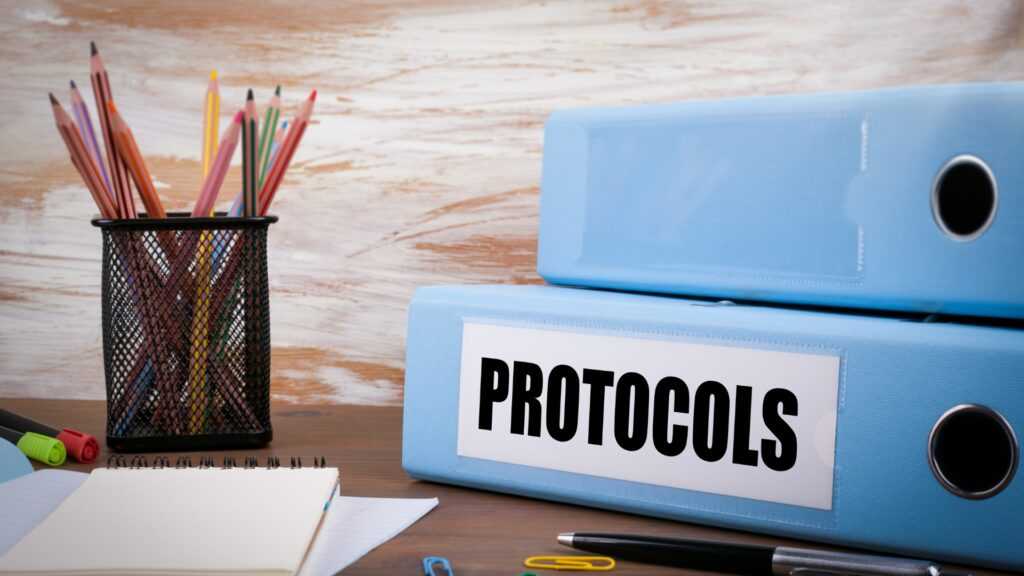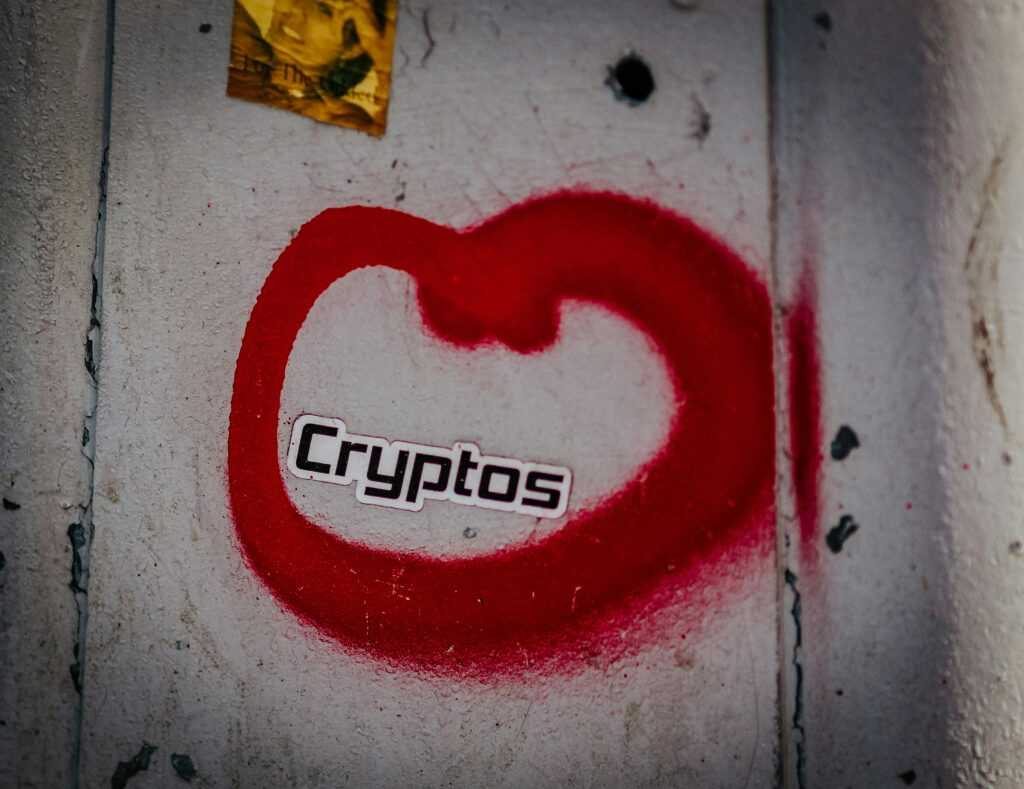Exploring the realm of decentralized finance (DeFi) unveils a landscape of innovative opportunities and potential pitfalls. As I delve into the risks associated with DeFi protocols, it’s crucial to navigate this burgeoning space with a keen awareness of the challenges that may arise. From smart contract vulnerabilities to impermanent loss, the DeFi ecosystem presents a myriad of risks that demand careful consideration.
In this article, I’ll dissect the intricate web of risks that accompany DeFi protocols, shedding light on the importance of due diligence and risk management in this fast-paced environment. As we embrace the decentralized future of finance, understanding these risks is paramount to safeguarding investments and participating in DeFi with confidence. Stay tuned as I unravel the complexities and nuances of DeFi risks, providing insights to empower your journey in this dynamic landscape.
Understanding DeFi Protocols
Exploring the world of decentralized finance (DeFi) offers a glimpse into the innovative landscape of financial technology. DeFi protocols are the foundational building blocks of this ecosystem, enabling users to engage in various financial activities without the need for traditional intermediaries. These protocols are essentially software programs that automate financial services like lending, borrowing, and trading using blockchain technology.
To delve deeper into the functionality of DeFi protocols, it is crucial to understand that they operate based on smart contracts. Smart contracts are self-executing agreements with the terms of the agreement directly written into code. While they provide efficiency and transparency, smart contracts are not immune to vulnerabilities. Common risks associated with DeFi protocols stem from vulnerabilities in these smart contracts, which can be exploited by malicious actors to manipulate funds or compromise the system’s integrity.
Moreover, impermanent loss is another critical aspect to consider when engaging with DeFi protocols. Impermanent loss occurs when the value of your assets held in a liquidity pool fluctuates compared to holding the assets individually. As a liquidity provider, you may be exposed to impermanent loss due to market volatility, impacting your overall returns from providing liquidity to the protocol.
Understanding the mechanisms behind DeFi protocols and the associated risks is paramount for individuals looking to participate in decentralized finance. By grasping the intricacies of smart contracts, impermanent loss, and other potential vulnerabilities, one can make informed decisions, implement risk management strategies, and navigate the DeFi landscape with confidence to safeguard their investments.
Common Risks in DeFi
DeFi platforms are not without their risks. Understanding these common pitfalls is essential for anyone looking to navigate the DeFi landscape effectively. Let’s delve into some of the key risks associated with decentralized finance protocols.
Smart Contract Vulnerabilities
Smart contracts, while revolutionary, are not immune to vulnerabilities. These self-executing contracts are integral to DeFi platforms’ operations but can be exploited by malicious actors if not coded properly. It’s crucial to conduct thorough audits and due diligence on smart contracts to mitigate the risk of potential exploits.
Price Oracle Manipulation
Price oracles play a vital role in DeFi by providing external price data to smart contracts. However, these oracles can be manipulated, leading to inaccurate pricing information and potential exploits. Users must be cautious of relying solely on a single price oracle and consider using decentralized or aggregated oracles to reduce the risk of manipulation.
Centralization Risks
Despite the decentralized nature of DeFi, certain aspects of these protocols may still exhibit centralization risks. Centralized control over key functions, such as governance or asset custody, can pose threats to the integrity and security of the platform. Users should assess the level of decentralization within a DeFi protocol to determine the associated risks and make informed decisions when participating in these platforms.
Mitigating Risks in DeFi
Exploring decentralized finance (DeFi) comes with inherent risks that require careful consideration and proactive measures to safeguard investments. To mitigate risks effectively, it’s essential to implement robust strategies that address potential vulnerabilities and ensure a secure DeFi experience.
- Smart Contract Audits: Conducting thorough audits of smart contracts is crucial to identify and rectify any vulnerabilities that could be exploited by malicious entities. By partnering with reputable audit firms, I can ensure the integrity and security of the smart contracts underpinning DeFi protocols.
- Utilizing Reliable Price Oracles: Price oracle manipulation poses a significant risk in DeFi, making it essential to utilize reliable and decentralized price oracles for accurate pricing data. By relying on reputable oracle providers, I can minimize the risk of price manipulation and make informed investment decisions.
- Diversifying Investments: Spreading investments across different DeFi protocols and assets can help mitigate risk exposure. Diversification plays a key role in reducing overall risk and protecting investments from potential losses associated with a single protocol or asset.
- Staying Informed and Vigilant: Keeping abreast of the latest developments, news, and security updates in the DeFi space is crucial for proactive risk management. By staying informed and vigilant, I can quickly respond to emerging threats and implement necessary security measures to protect my investments.
- Choosing Decentralized Platforms: Opting for decentralized platforms that prioritize transparency and security can help mitigate centralization risks in DeFi. By assessing the level of decentralization of the platforms I engage with, I can make informed decisions that align with my risk tolerance and security preferences.
By incorporating these risk mitigation strategies into my DeFi investment approach, I can navigate the complexities of decentralized finance with confidence and protect my investments against potential threats and vulnerabilities.
Evaluating DeFi Projects
Exploring DeFi projects can be both exciting and daunting due to the inherent risks involved. As an investor, it’s crucial to conduct thorough evaluations before engaging with any DeFi protocol. Here are essential factors to consider when evaluating DeFi projects:
- Smart Contract Security:
Ensuring that the smart contracts underpinning a DeFi project are secure is paramount. I recommend reviewing the code quality, conducting audits by reputable firms, and verifying the absence of vulnerabilities. Smart contracts are the backbone of DeFi protocols, and any weaknesses in their code can expose users to significant risks.
- Liquidity Risk:
Assessing the liquidity risk of a DeFi protocol is vital. I suggest looking into factors such as trading volume, slippage, and the presence of impermanent loss. Understanding how liquidity is managed within the protocol is essential to evaluate its stability and potential returns.
- Price Oracles Reliability:
Verifying the reliability of price oracles used by a DeFi project is crucial. I recommend opting for decentralized or aggregated oracles to mitigate the risk of price manipulation. Accurate pricing data is essential for the proper functioning of DeFi protocols and protecting users from exploit attempts.
- Decentralization Level:
Evaluating the level of decentralization within a DeFi project is key to understanding its resilience to central points of failure. Assessing factors such as governance structure, token distribution, and decision-making processes can provide insights into the project’s long-term sustainability. It’s essential to choose projects that prioritize decentralization to minimize the impact of potential risks.
By incorporating these evaluation factors into your DeFi project assessments, you can make informed decisions and mitigate risks effectively. Strengthening your understanding of these aspects will help you navigate the DeFi landscape with confidence and safeguard your investments in this rapidly evolving ecosystem.






